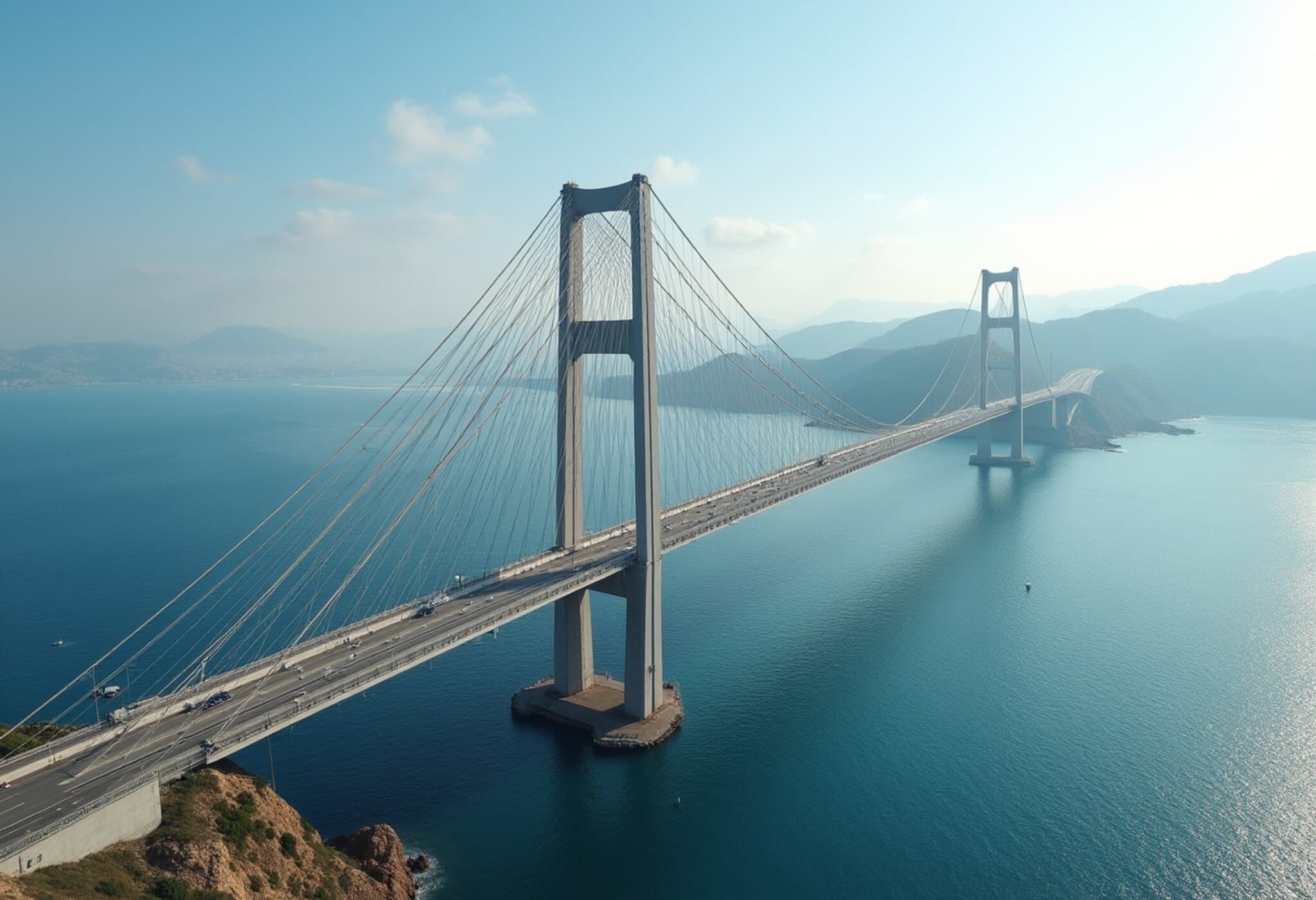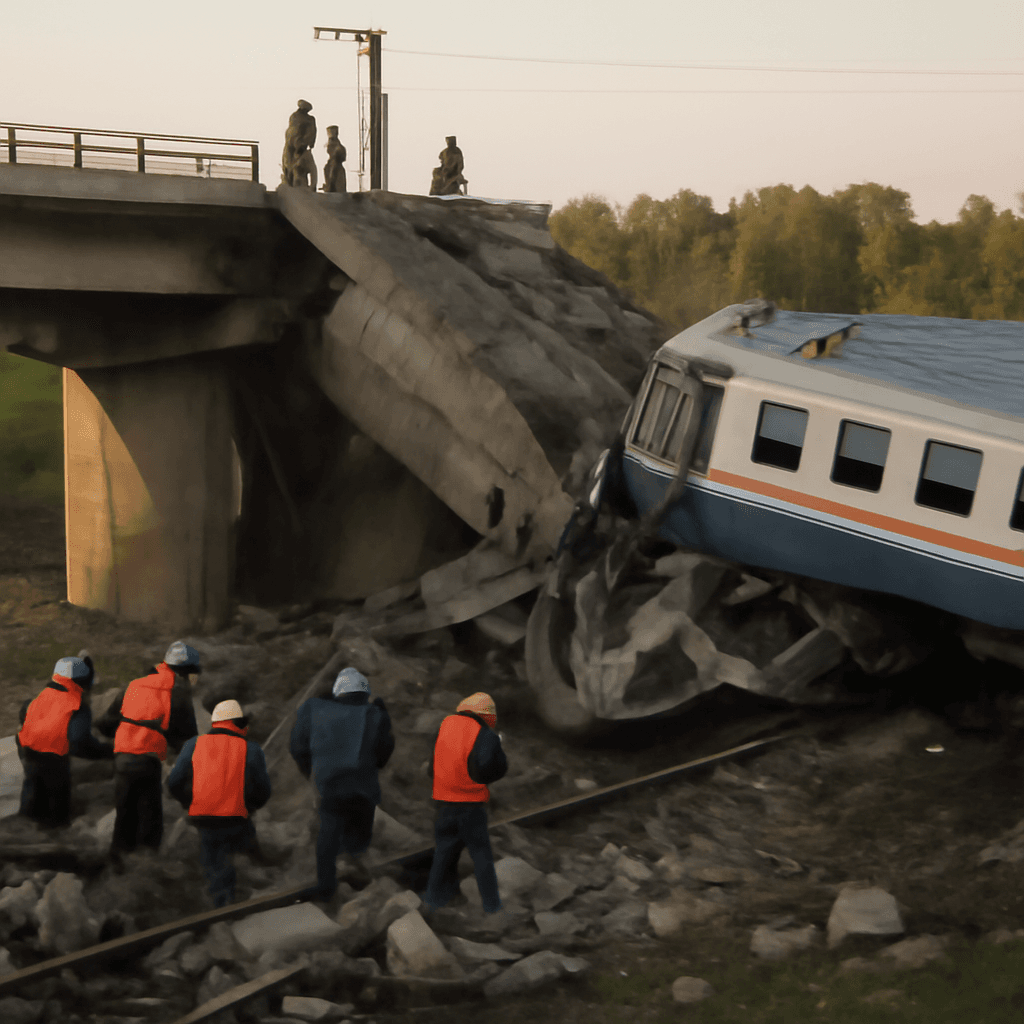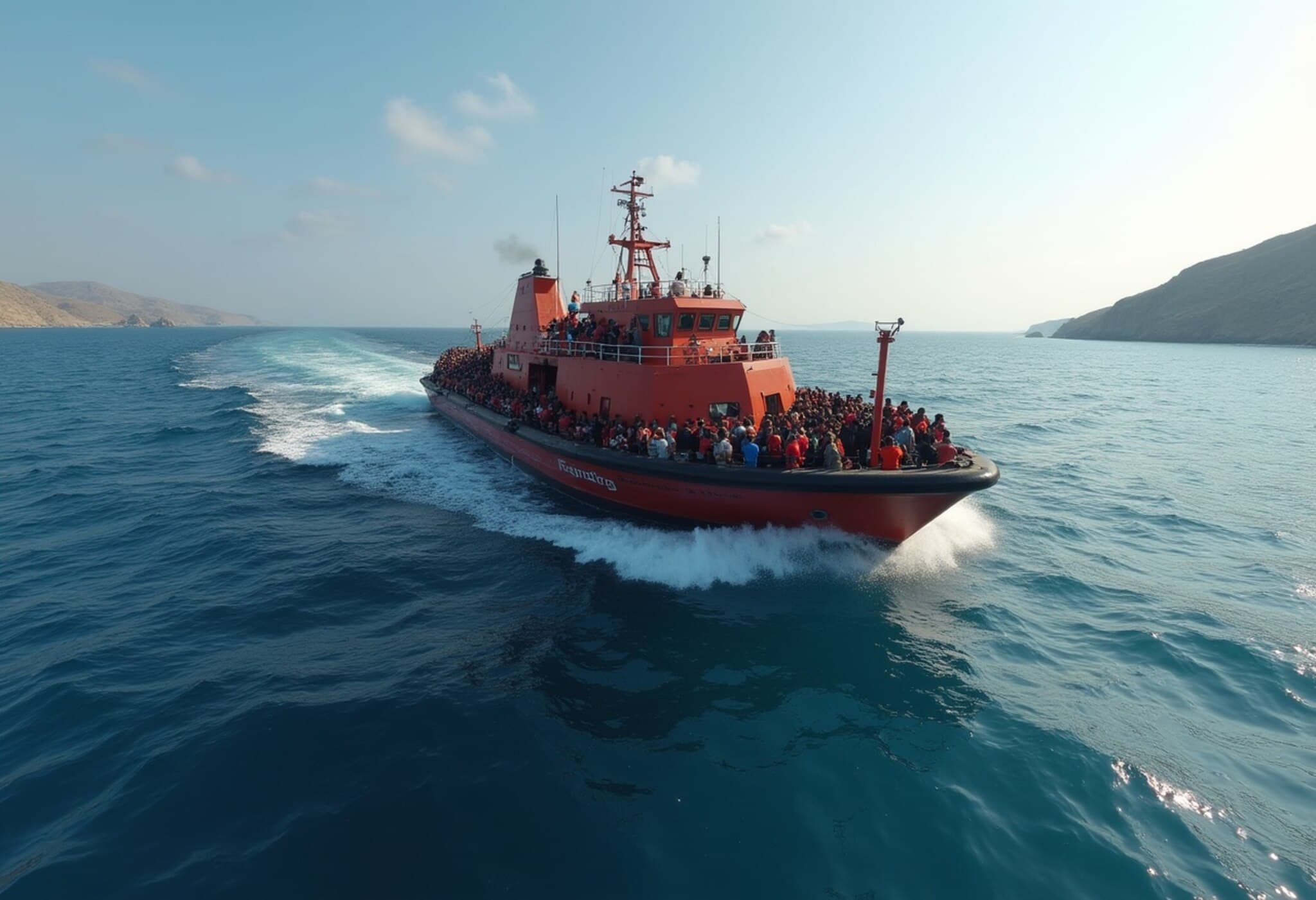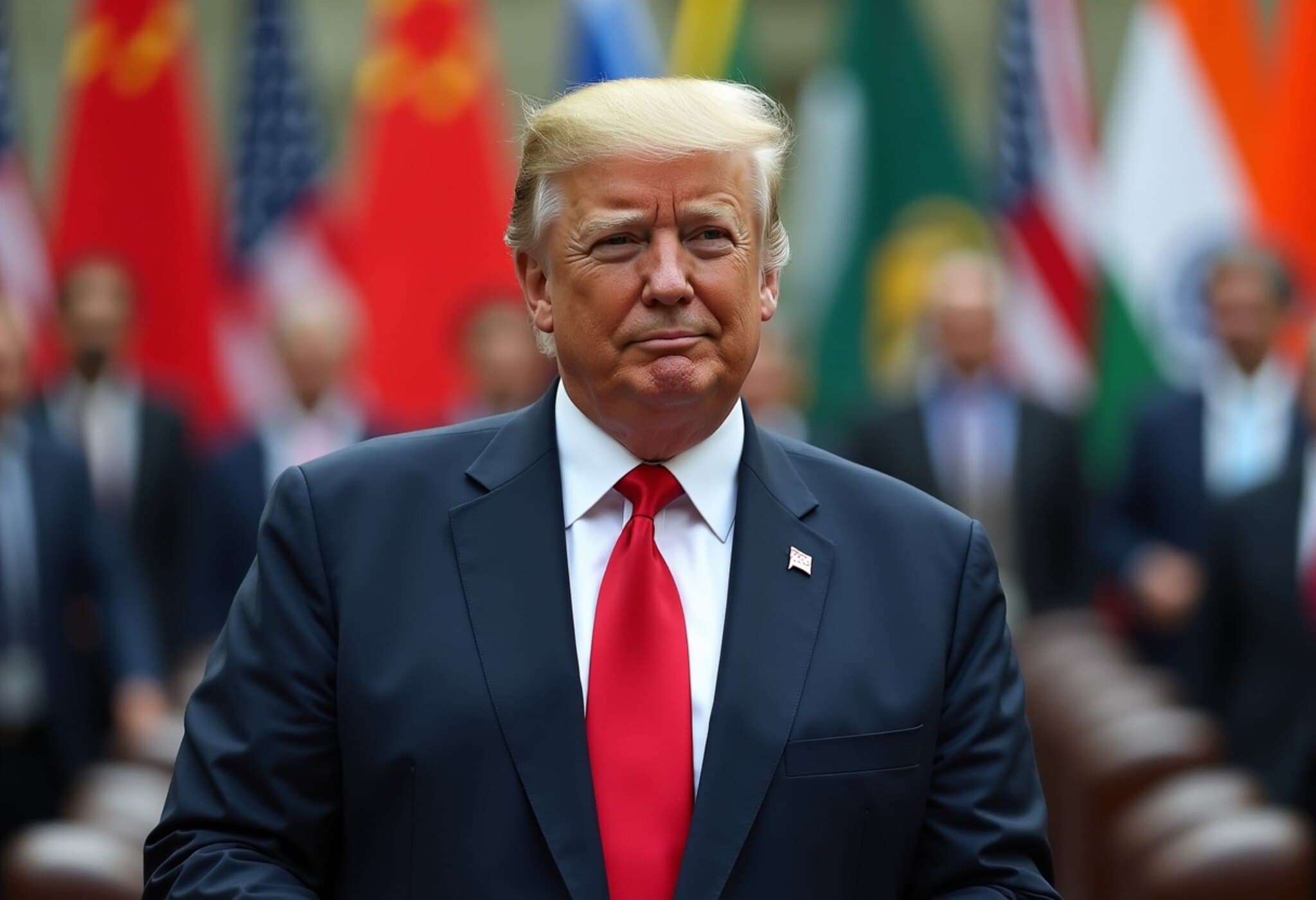Italy Approves Ambitious Messina Bridge Project Amid Hurdles
In a significant boost to infrastructure development, the Italian government has officially approved the construction of what is set to become the world’s longest suspension bridge, linking the island of Sicily to the mainland region of Calabria. This landmark decision marks a historic step forward after decades of financial, environmental, and political delays hampered progress on the project.
A Record-Breaking Engineering Marvel
Stretching over 3.7 kilometers, the Messina Bridge will surpass Turkey’s Canakkale Bridge across the Dardanelles to claim the top spot for the longest suspension bridge globally. The design includes imposing 400-meter-high towers on either side of the Messina Strait, engineered to withstand seismic activity in one of the Mediterranean’s most earthquake-prone zones.
Incorporating dual railway lines centrally flanked by three traffic lanes on each side, the bridge promises a transformative upgrade to Southern Italy’s transportation network.
Economic Lifeline for Southern Italy
Italian officials emphasize the bridge’s potential to spur economic regeneration in Sicily and Calabria — two of Europe’s most economically challenged regions. With the creation of over 120,000 jobs annually during the construction phase, authorities predict a much-needed injection of opportunity and growth.
Transport Minister Matteo Salvini remarked, "This project will serve as a catalyst to unlock the natural potential of Southern Italy, linking communities and markets in ways previously unimaginable." Meanwhile, Prime Minister Giorgia Meloni hailed the bridge as "an investment not only in infrastructure but in the future prosperity of our nation."
Strategic and Military Dimensions
Intriguingly, Rome aims to designate the bridge as a military expenditure, which could count toward Italy’s obligations under NATO’s target of allocating 5% of GDP to defense spending. This innovative classification underscores the dual civilian and strategic importance of the structure, offering a unique angle to the bridge's funding and geopolitical significance.
Fiscal Commitment and Environmental Scrutiny
The Italian government has earmarked a massive budget of €13.5 billion ($15.6 billion) for the project and associated infrastructure over the coming decade—a clear signal of its commitment despite substantial risks. However, before construction can commence, the bridge must pass rigorous clearances from the Court of Auditors and environmental regulatory bodies at both national and regional levels.
Challenges Ahead: Opposition and Social Concerns
Building such a monumental bridge is far from straightforward. The project faces fierce opposition from local residents worried about property expropriation and potential legal battles that could delay progress indefinitely.
Regional politicians and community groups also voice concerns about corruption risks, citing the entrenched influence of organized crime syndicates in Sicily and Calabria potentially siphoning public funds intended for the project. Additionally, environmental activists and local residents raise alarms about the bridge’s significant daily water consumption amidst ongoing drought struggles in both regions.
Historical Context and Persistent Delays
This is not Italy’s first attempt to realize the Messina Bridge. The idea dates back nearly half a century, with various plans either shelved or blocked due to political turmoil, economic constraints, and environmental opposition. This persistent pattern underscores the complexity of marrying grand infrastructural ambition with practical realities.
Expert Insight: Where Does This Leave Italy?
From a policy perspective, the bridge encapsulates many of the hurdles facing large-scale infrastructure in modern Europe—balancing economic revitalization, environmental sustainability, social equity, and geopolitical strategy. For Italy, success could mean not only physical connectivity but a symbolic bridge to greater national cohesion and economic parity currently lacking between its northern and southern territories.
Yet, given the layers of opposition, regulatory scrutiny, and the need for transparent governance, the path ahead will require diligent oversight and sustained public engagement to ensure that the bridge benefits, rather than burdens, local communities.
Looking Forward
As Italy prepares to embark on this historic infrastructural journey, all eyes will be on the Messina Bridge—not just as an engineering feat but as a test case for how 21st-century mega-projects can truly serve public interest amidst multifaceted challenges.
Editor’s Note
The approval of the Messina Bridge poses important questions about infrastructure’s role in economic recovery and geopolitical strategy. Will the project overcome entrenched local resistance and corruption fears? Can it balance environmental stewardship with development needs? For the United States and other NATO allies, Italy’s innovative plan to classify the bridge as a defense asset exemplifies the evolving intersection of construction, security, and diplomacy in global infrastructure policies.
Readers are encouraged to consider how similar infrastructural investments might be leveraged in their own regions to bridge economic divides while safeguarding community and environmental interests.



















